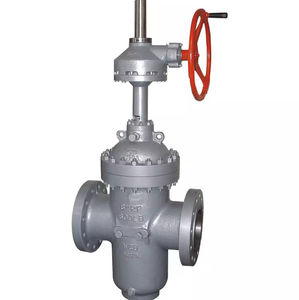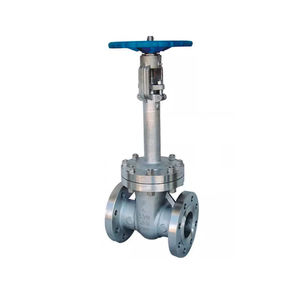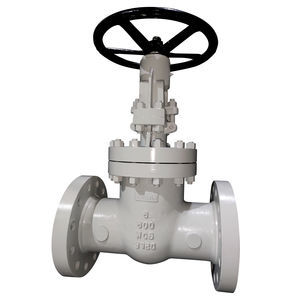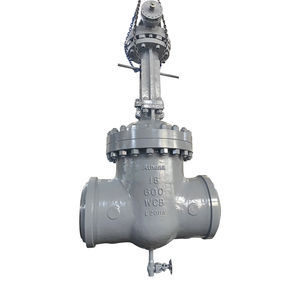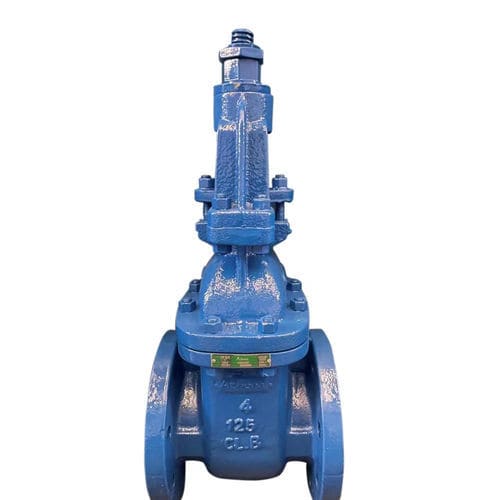
- Hydraulics - Pneumatics
- Valve
- Gate valve
- Athena Engineering S.r.l.
- Company
- Products
- Catalogs
- News & Trends
- Exhibitions
Rising stem valve gatewith handwheelflow control


Add to favorites
Compare this product
Characteristics
- Type
- gate
- Operation
- with handwheel
- Function
- flow control
- Media
- for water, for oil, for gas
- Body
- soft-seat, stainless steel, carbon steel
- Applications
- for pipelines, for the gas industry, cryogenic, for boiler, gearbox, refinery
- Number of channels
- 2-way
- Other characteristics
- DIN, standard, bidirectional, anti-corrosion, rising stem
- DN
Max.: 600 mm
(23.622 in)Min.: 50 mm
(1.969 in)- Pressure
Max.: 16 bar
(232.1 psi)Min.: 10 bar
(145 psi)- Temperature
Max.: 80 °C
(176 °F)Min.: -29 °C
(-20 °F)
Description
ATHENA Rising stem gate valves
- Have the threads external to the valve body. The gate valve stem is moving up when the valve is opening.
- In this way, you can visually keep track of how far the valve is open. With a rising stem gate valve it is easy to tell if the valve is open or closed by looking at the amount of stem that is exposed.
- Rising stem valves are usually made from cast or forged steel while non rising stem valves are more typically brass, bronze or cast iron.
- Application: Pipelines to convey oil and storage facilities, water and wastewater technology.
Athena manufactures valves from genuine guaranteed raw material with material test certificates, hydraulic test certificates, MTC 3.1 available with all supply. Also, we can provide valves with third party inspection agencies.
Partial List of Applications:
- Power Generation
- Gas and Coal Fired Turbines
- District Heating
- Gas Measurement Systems
- Offshore Platforms
- HIPPS Systems
- Emergency Shut Down Valves
- Pulp & Paper
- Mining
- Boiler Steam and Drain Applications
Catalogs
No catalogs are available for this product.
See all of Athena Engineering S.r.l.‘s catalogsRelated Searches
*Prices are pre-tax. They exclude delivery charges and customs duties and do not include additional charges for installation or activation options. Prices are indicative only and may vary by country, with changes to the cost of raw materials and exchange rates.


